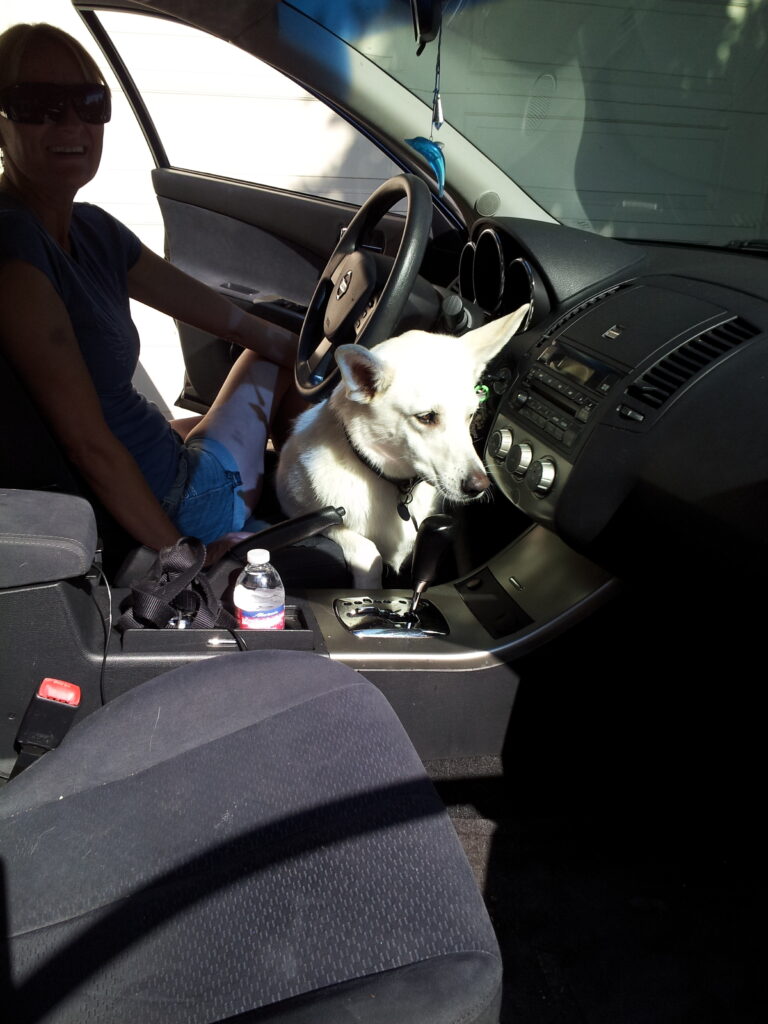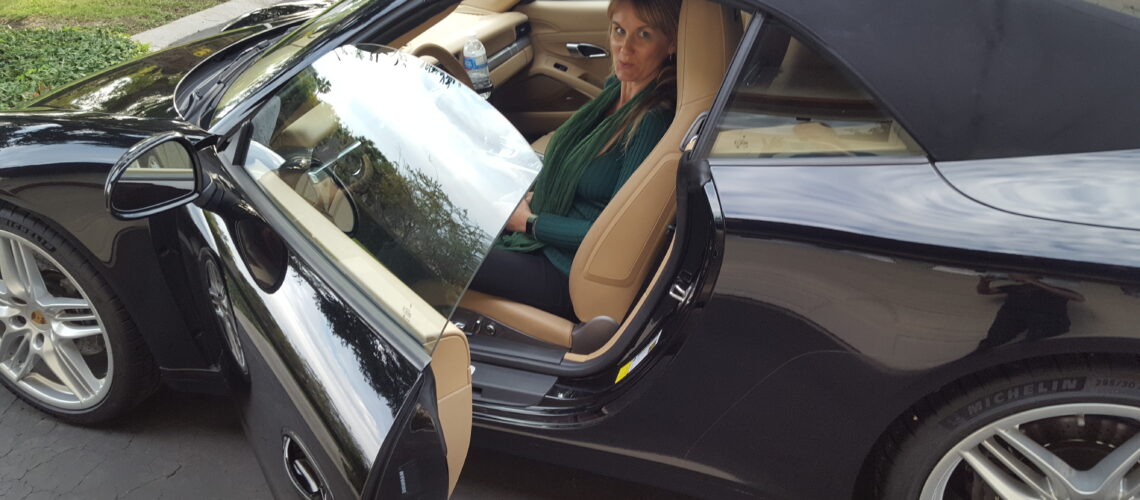
November 16, 2022
How to – fear of traveling. Part 2 – amaksofobia (fear of driving a car)
Because car travel is so much a part of modern life this fear can have a quite serious affect on one’s self esteem. So it is important to remain clear that a phobia is not a reflection of your personality or self worth – it is a reflection of what you have learned. You are not your behaviors. Your phobic habit is just that – a habit that you learned to experience. The fear reaction indicates that at some stage in your life you learned to have an emotional or gut reaction to the stimulus.
The fear of travelling by car consists of three sub-phobias:
- Claustrophobia in which the fear is of being trapped in a traffic jam or in the midst of lanes of traffic on a highway;
- A fear of crashing;
- A fear of not being in control of things i.e. there is little or no fear if the person is, themselves, doing the driving
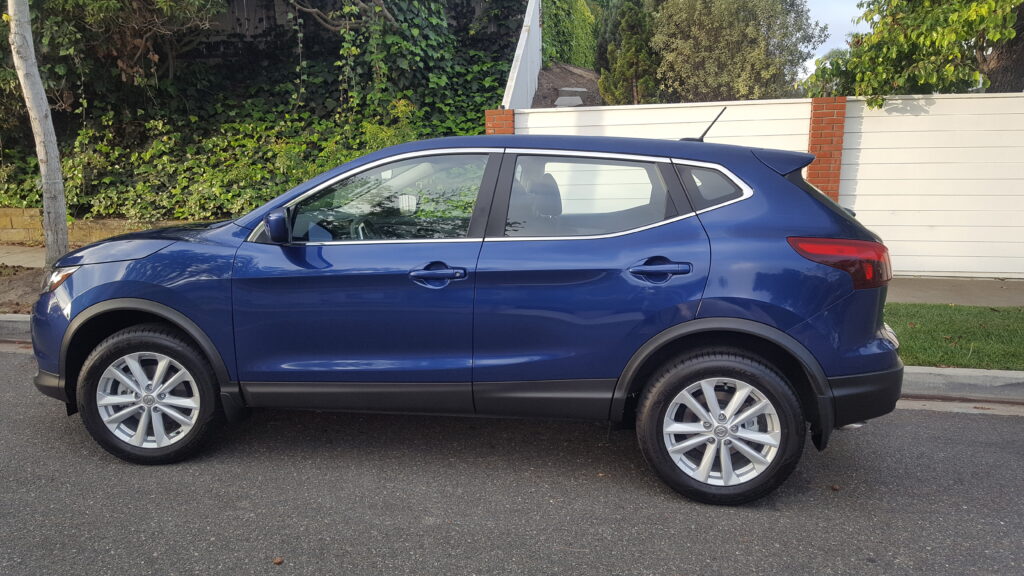
Dealing with it
The first stage is to recognize and to affirm to yourself that it’s just a behavior. Yes, it’s a very uncomfortable and very inconvenient one but it is, nevertheless, just a learned behavior. And what you have learned you can un-learn. There is little value in wasting time and money trying to discover the original cause of your fear of car travel. This may satisfy your (or your therapist’s) curiosity but it is not particularly relevant to getting rid of the condition. Now, as with all phobias, examine how you do it. Yes, of course you don’t do it deliberately but you do it – even though the process occurs automatically. It is your brain, your body, and your emotions that are involved – so you do it.
A typical fear-cycle
Once the trigger is encountered you rapidly go through a series of steps. These vary from person to person but will typically involve an escalating cycle such as: think of or see the ‘trigger’ – remember past moments of being uncomfortable in similar situations, begin awfulizing self-talk, imagine a disaster movie of what is likely to happen, feel awful. Then you re-run this sequence a number of times faster and faster – and feel terrible. And it all happens automatically.
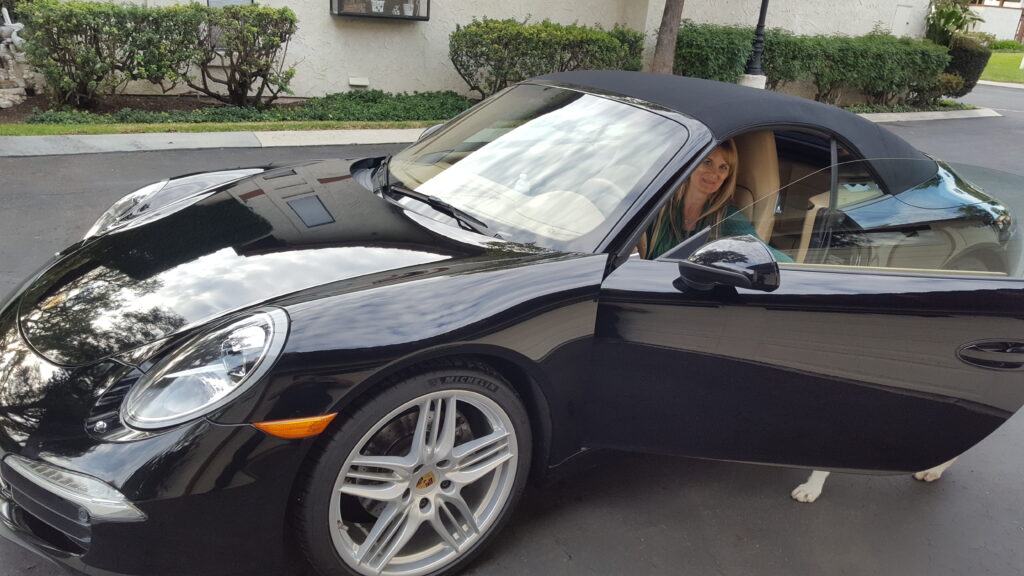
The mechanics of your fear-cycle
Remember you are studying the ‘mechanics’ of your fear. You are examining how and not why you do it. It usually involves lots of fearful anticipating – thinking ahead about all the awful things that could or might occur. What if we crash? Wouldn’t it be terrible to be trapped in a mangled wreck? What if someone jumps the red-light as I cross on green? Commonly a person with a phobic response will talk to themselves about what might possible happen and/or mentally visualize these uncomfortable events. This self talk and visualizing will activate your body’s fear-handling process – the ‘fight or flight response’ – start the thinking-feeling cycle of discomfort.
The rational side of things
You may as well acknowledge that part of your fearful thinking is quite realistic. Car travel is dangerous. And you could have a crash. You could be terribly injured. And no matter how good of a driver you or your traveling partner may be, someone else could smash into you. To acknowledge this reality may seem harsh, but it’s important that you do that. And it’s important that you also acknowledge the reality of the danger of staying at home – by checking on statistics on the number of accidents that occur at home. And the dangers of accidents to pedestrians walking about. And the dangers involved in just about any activity you think about. The likelihood of us being involved in an accident is very small. And we recognize that there is little point in trying to live a life that is entirely free of danger. We weigh up the odds, decide that if it happens so be it but meanwhile we will go on with our lives. And, having made this decision, we recognize that torturing or terrifying ourselves with scary pictures of what might happen is pointless. A typical attitude might go along the lines of If it happens it happens – until then I will just go on with my life.
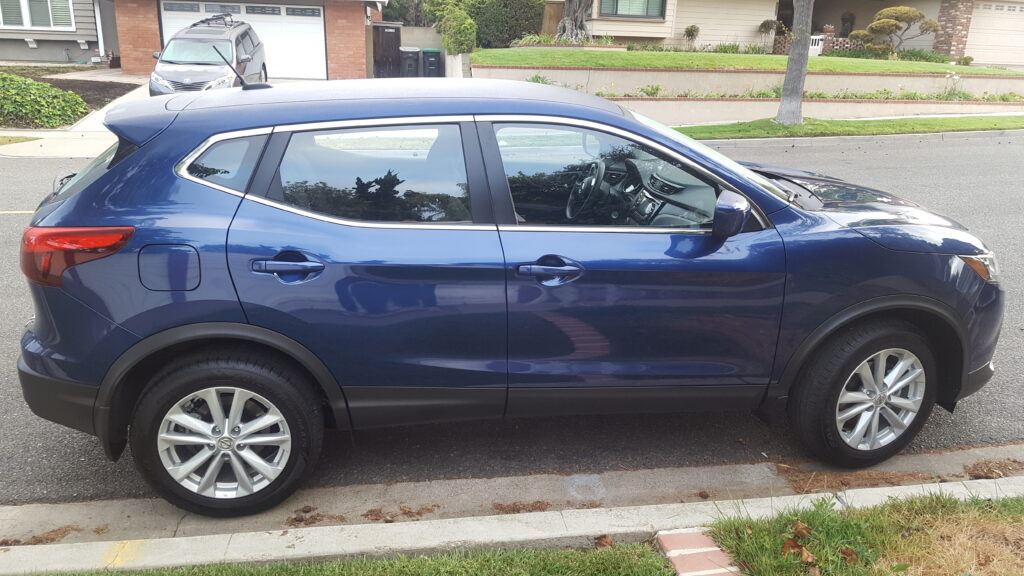
The trigger(s)
Having dealt with the rational side of things your next step is easy because you’re probably an expert in this area. Do you know when you start the fearful thinking? There has to be a trigger that alerts your mind-body that it’s time to start the feelings and thoughts. The trigger can be getting into a car or can be even thinking about a past or forthcoming car journey. So, for you, what is the first thing you see or hear before the whole series of physical and mental mechanisms kick in? Remember, it is not what do you first feel – because the feeling is just the result of the negative thinking. The question is what you see or hear that results in the fearful feeling. Most people will have more than one trigger. If you have a few, simply pick the trigger you most commonly encounter.
Arrange the triggers in a sequence
You have now established the manner in which your fear cycle starts and then spirals upwards into a panic. Your next step is to eradicate the fear and if you are going to do this by yourself it’s best to do it slowly and thoroughly using desensitization.
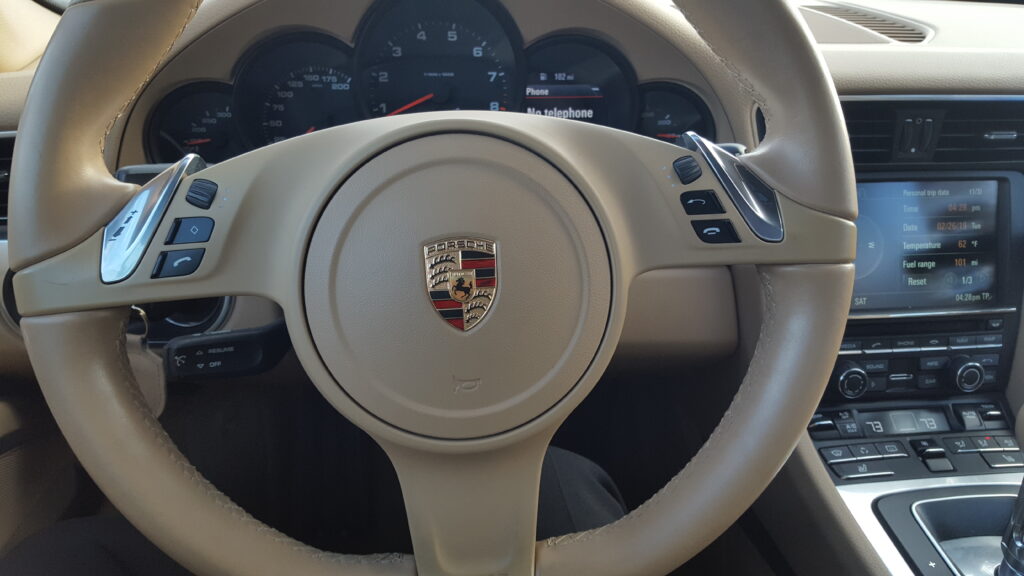
Patiently un-learn your way to freedom
Once they know they can get rid of the condition some people spoil their chances of success because of their impatience to get rid of all of their fear triggers immediately. Even with the assistance of a skilled professional you may need a number of sessions to fully eradicate the fearful habit if you had it for some time. So allow a realistic amount of time – a few hours with the assistance of a professional and a month or two if you are doing it yourself and practicing on a daily basis.
